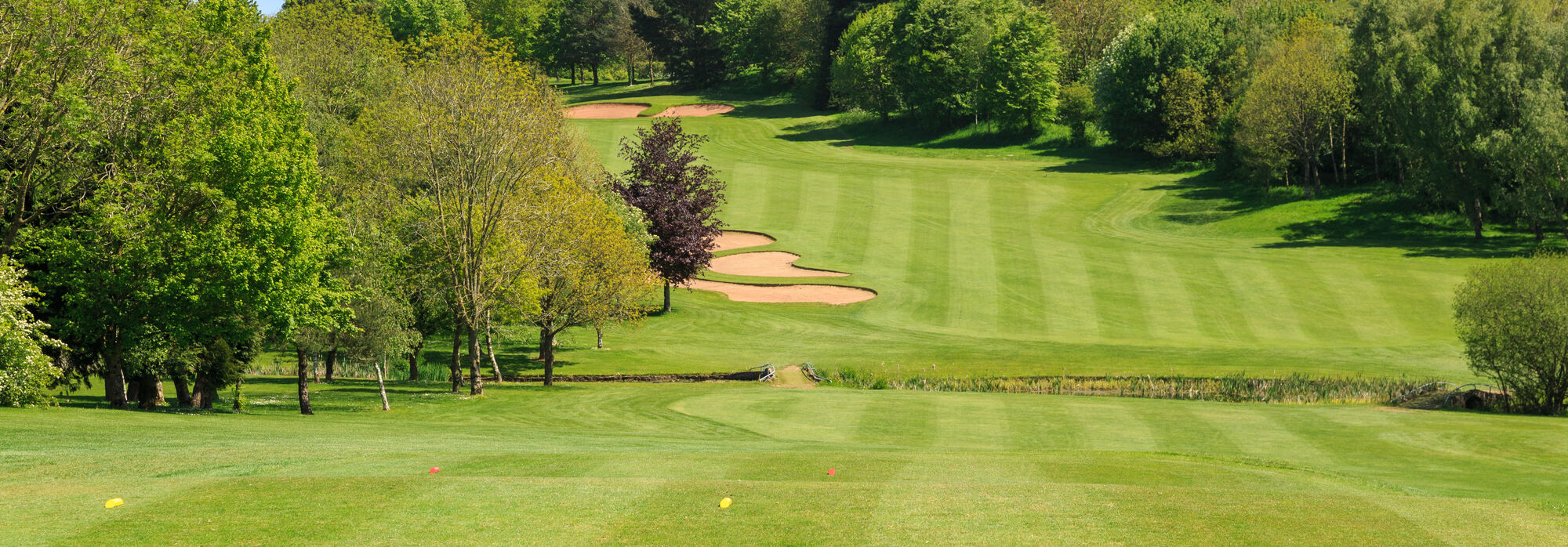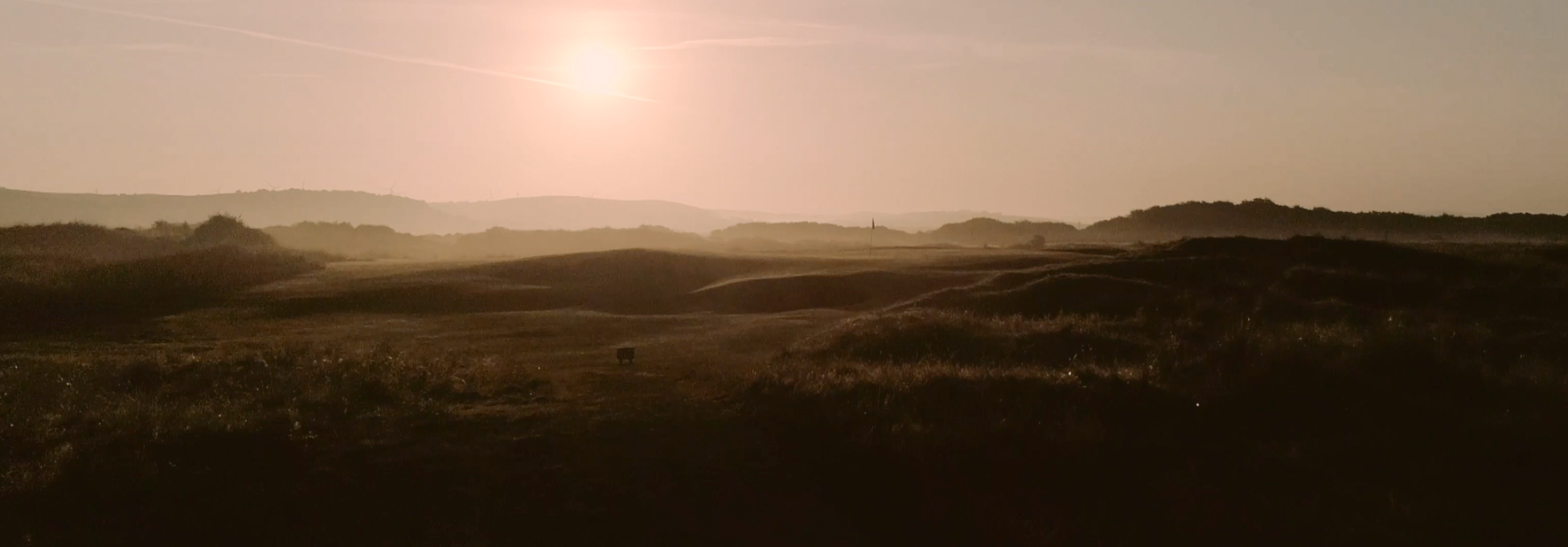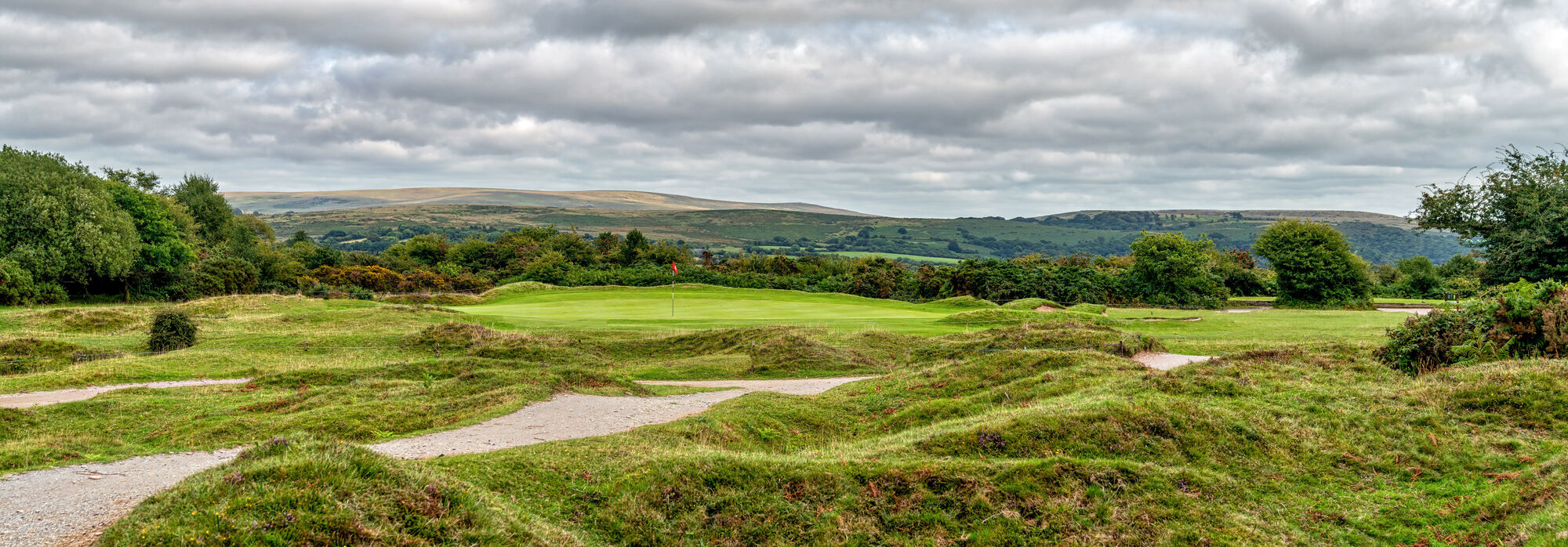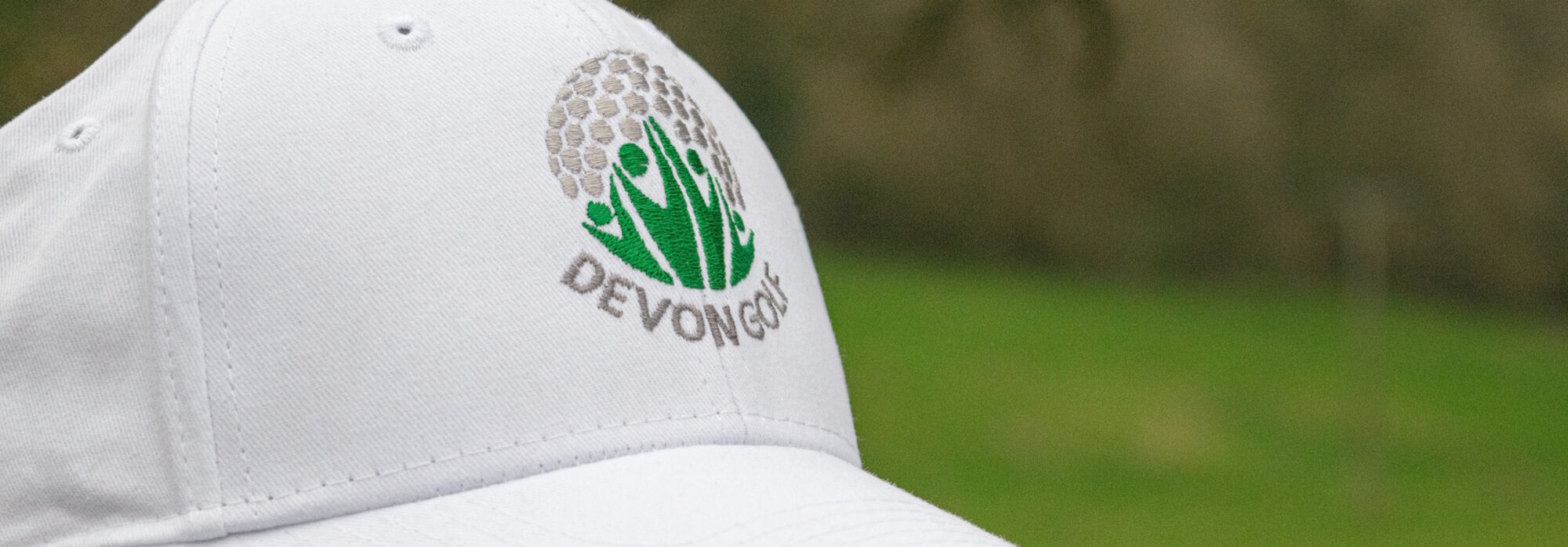What is Course Rating
The Course Rating is the evaluation of the playing difficulty of a golf course for the scratch player (0 handicap.) It is used in conjunction with the Bogey Rating, (the difficulty of the course for a bogey player of 20-24 handicap) to determine the Slope Rating. The Slope Rating will determine a player's Course Handicap.

How is Course Rating Calculated
Course Rating and Bogey Rating are calculated using the USGA Course Rating System. The Course Rating System is extremely objective and takes into account all the factors that affect the playing difficulty of a course. It requires numerous specific measurements to be taken on each hole of the golf course assisting in the consistency of application by course rating teams.
The Course Rating System Guide that all Course Rating teams will use when rating a course extends to some 45 pages and is extremely comprehensive. Course rating teams consider more than 460 variables on a standard course rating, from each set of tees.
The USGA Course Rating System takes into account: the actual measured length of a golf course, factors that can affect the playing length of the course and other challenges that influence the playing difficulty of each hole (obstacle factors).
The factors that can affect the effective playing length of a golf course are:
- Roll - How far a ball will roll on fairways with various surface conditions/contouring
- Dogleg - Where the dogleg design of a hole does not allow a full tee shot to be played
- Wind - Average wind strength and direction
- Elevation - Difference in elevation between the tee and green and approach shots to the green
- Forced Lay-up - Where a player is forced to play short of obstacles that cross the fairway

The 10 obstacle factors that are used to determine the playing difficulty of a golf course are:
- Topography - Nature of the stance and lie within each landing zone and approach shot elevation to the green
- Fairway - The width of fairway landing zones, hole length and nearby obstacles - trees, hazards and punitive rough
- Green Target - Evaluation of hitting the green with the approach shot, visibility and nature of the green surface
- Recoverability and Rough - The difficulty of recovery if the tee shot landing zones and/or the green is missed
- Bunkers - Size and depth of bunkers and their proximity to landing zones and greens
- Crossing Obstacle - Shot length to safely carry water, penalty areas, OB or extreme rough.
- Lateral Obstacle - Takes account of the distance of obstacles from the centre of fairways and greens.
- Trees - Size and density, proximity to centre of landing zones/greens, shot length to target areas, recovery difficulty
- Green Surface - Putting difficulty on a green - green speeds, surface contours and tiers
- Psychological - Evaluation of the cumulative effect of the other nine obstacle factors
How does Course Rating Affect Handicap?
Course Rating and Slope Rating affect Course Handicap. Each player with a WHS Handicap Index will play off a different Course Handicap at different venues, and off different tees, depending on the Slope Rating. Course Handicap is calculated by dividing Slope Rating by 113 + (Course rating minus par) and multiplying by Handicap Index.
WHat is the average course Rating?
There's not really such a thing as an average Course Rating but there is an average, or standard, Slope Rating - the difference between Course Rating and Bogey Rating multiplied by a predetermined value - The average or standard Slope Rating is 113.
































